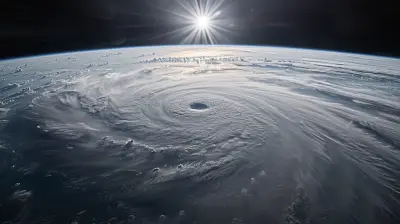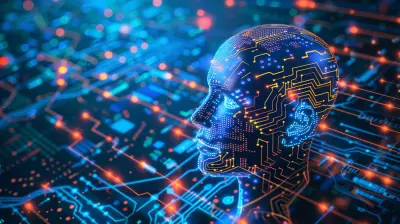The Role of Human Oversight in AI Decision-Making
12 August 2025
Artificial Intelligence (AI) has exploded in recent years. From smart assistants scheduling our meetings to complex algorithms diagnosing diseases faster than doctors, AI is changing the game. But with great power comes great responsibility, right?
As AI continues to evolve, one aspect that’s become crystal clear is this: human oversight is not just optional—it’s essential. After all, would you trust a robot to decide who gets a loan or who goes to jail without a human keeping it in check? Yeah, didn’t think so.
Let’s dive deep into the role human oversight plays in AI decision-making—why it matters, where we need it most, and what the future could look like if we get it right (or horribly wrong).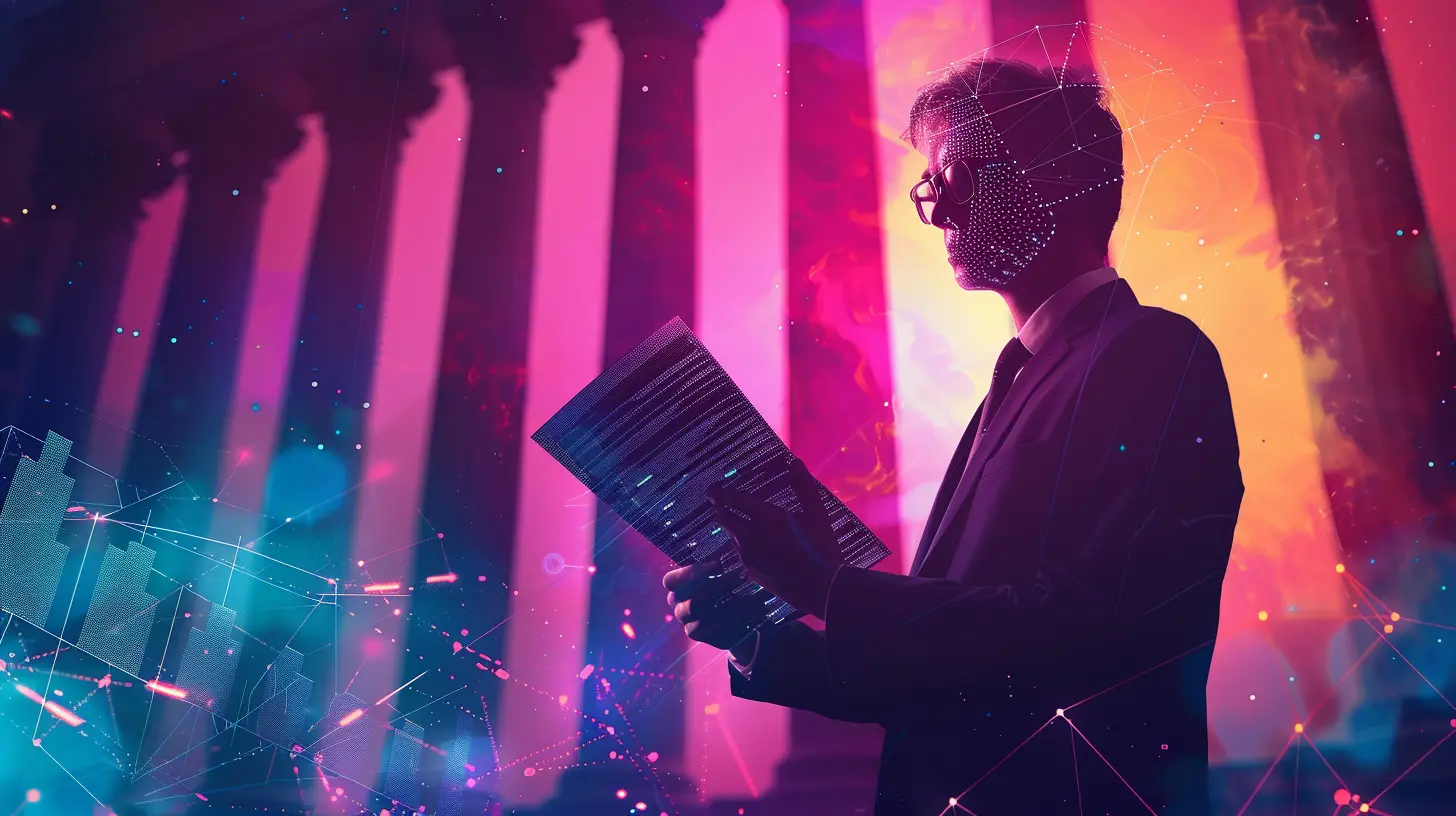
AI Is Smart—But Not Always Right
We like to think AI is all-knowing, like some superbrain that never sleeps. But here’s the truth: AI only knows what we teach it. It’s like a toddler with a photographic memory—great at recognizing patterns, but lacking judgment.AI systems learn from data. If the data is biased, flawed, or incomplete, the decisions the AI makes will reflect those problems. This can have real-world consequences, especially when AI is used in areas like:
- Hiring and recruitment
- Criminal justice and policing
- Healthcare decisions
- Loan approvals
- Social media content moderation
All it takes is one skewed dataset, and suddenly you've got an algorithm that’s unintentionally racist, sexist, or just plain wrong. That’s where human oversight saves the day.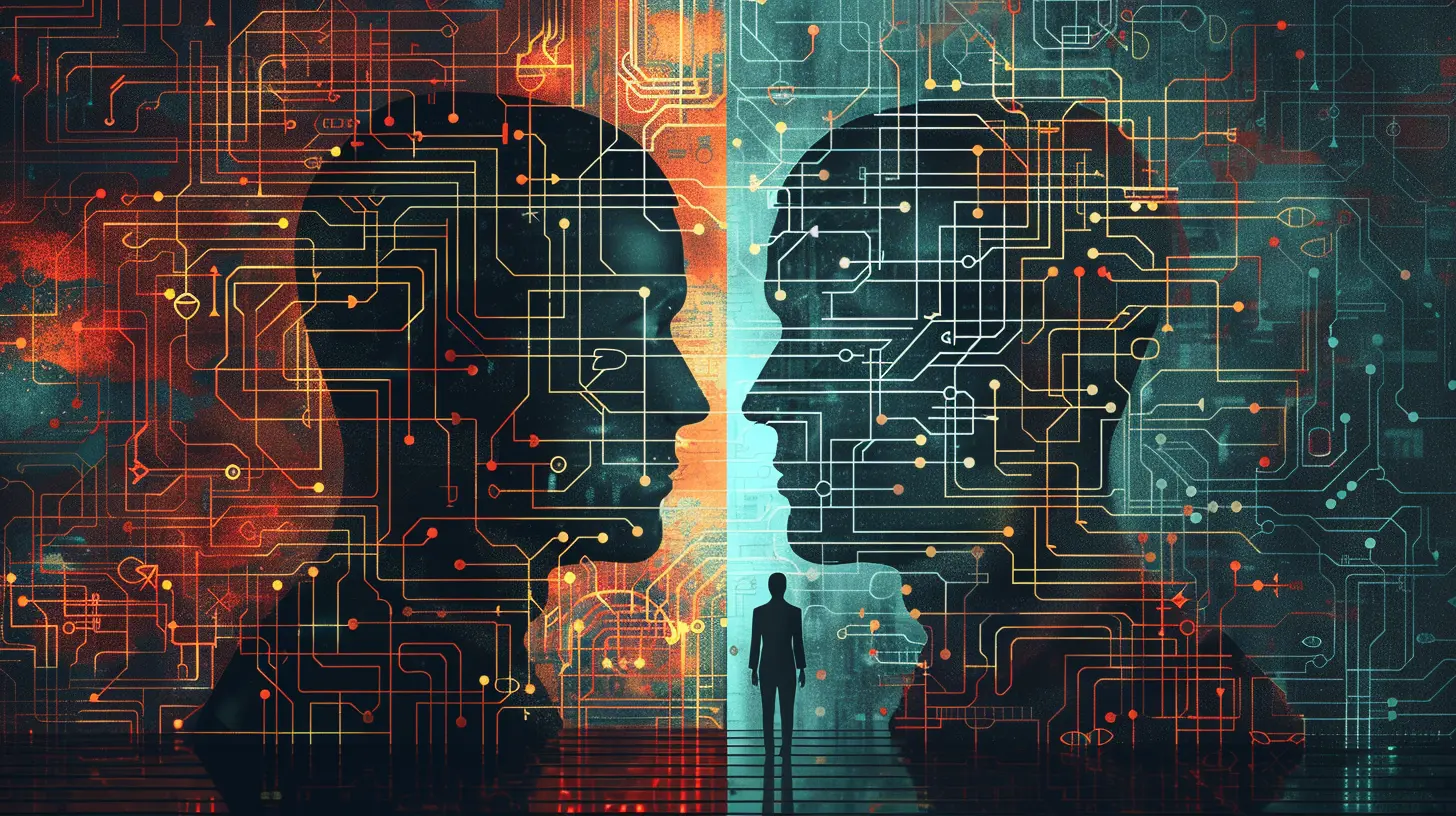
What Exactly Is Human Oversight?
Think of human oversight like quality control. It’s not about micromanaging every step of the AI process. Instead, it’s about keeping a watchful eye on what the AI is doing and stepping in when needed.It involves:
- Monitoring: Tracking how the AI makes decisions.
- Intervention: Jumping in when the AI’s about to mess up.
- Accountability: Holding someone responsible, especially when things go sideways.
Basically, humans need to stay in the loop, even if the machine seems to have things under control.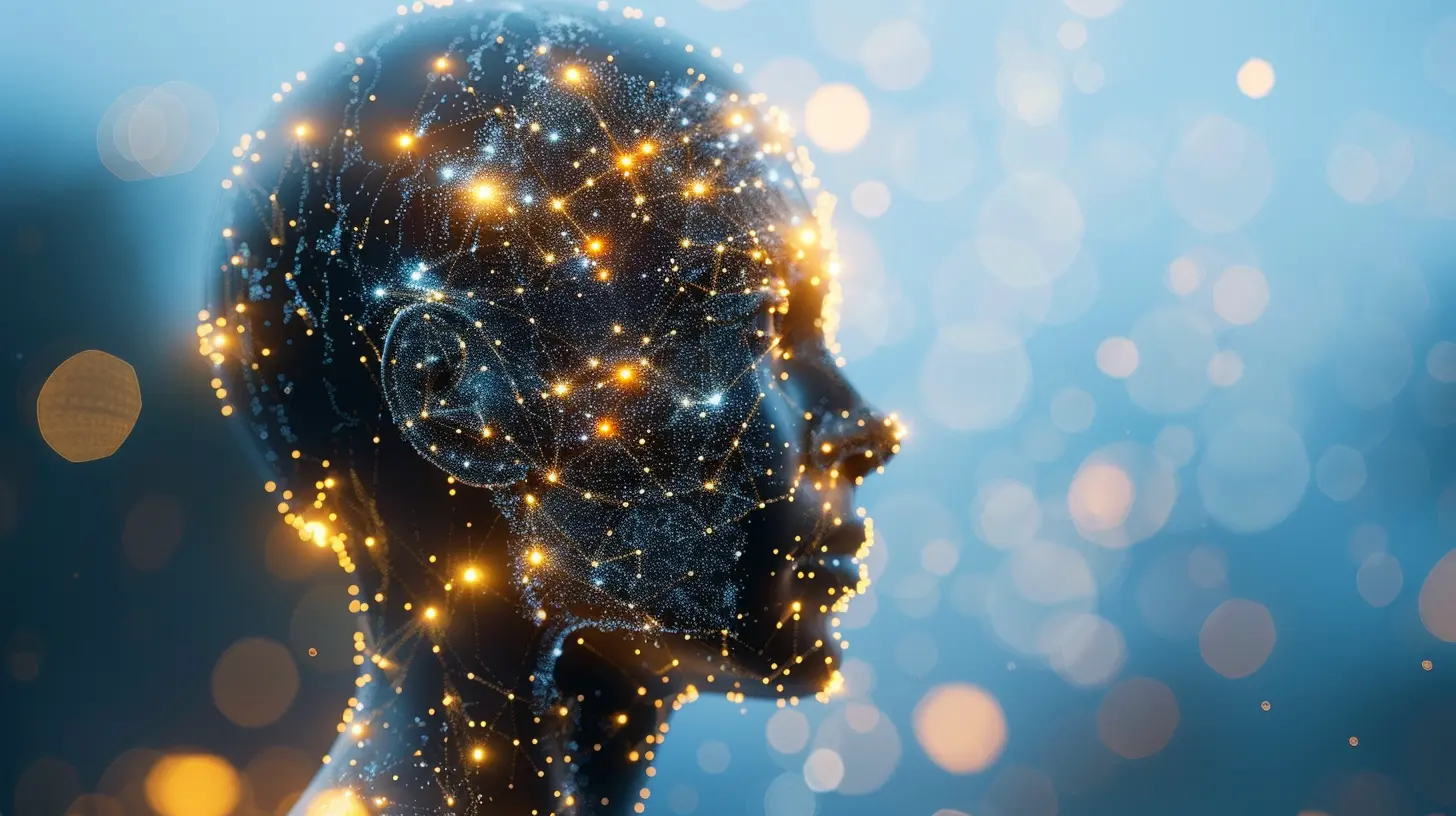
Why Human Oversight Is Non-Negotiable
Let’s be real—AI is fast, efficient, and can run circles around us in terms of crunching numbers. But when it comes to context, empathy, and ethical judgment? That’s where it hits a wall. Human oversight fills those gaps.1. Preventing Bias and Discrimination
AI doesn’t have morals. If you feed it biased data, it’ll spit out biased decisions. Amazon once had to scrap an AI recruiting tool because it favored male candidates over females. Seriously.Human oversight helps catch those patterns and tweak or redesign the algorithm to remove unfair biases before they do serious damage.
2. Ensuring Transparency and Explainability
If you’ve ever heard someone say, “The algorithm did it,” and rolled your eyes, you’re not alone. AI decisions are often seen as a black box—inputs go in, outputs come out, no one knows what happened in between.Humans in the loop can push for explainability, so people understand why the AI made the choices it did. Because hey, if you’re denied a mortgage, don’t you deserve to know why?
3. Ethical and Moral Judgment
Imagine letting AI decide who gets access to life-saving treatment during a pandemic. That’s not just math—that’s a moral judgment. And let’s face it, AI doesn’t have a moral compass.Humans bring ethics and empathy into the equation. They can weigh societal values and emotional nuance—two things AI just can’t calculate.
4. Accountability When Things Go Wrong
Let’s say an autonomous vehicle crashes. Who’s to blame—the AI, the engineers, the company?AI can’t take responsibility. It doesn’t have legal or moral agency. That means we need a human framework in place to take responsibility for AI decisions. Otherwise, we’re stuck in a blame game with no end.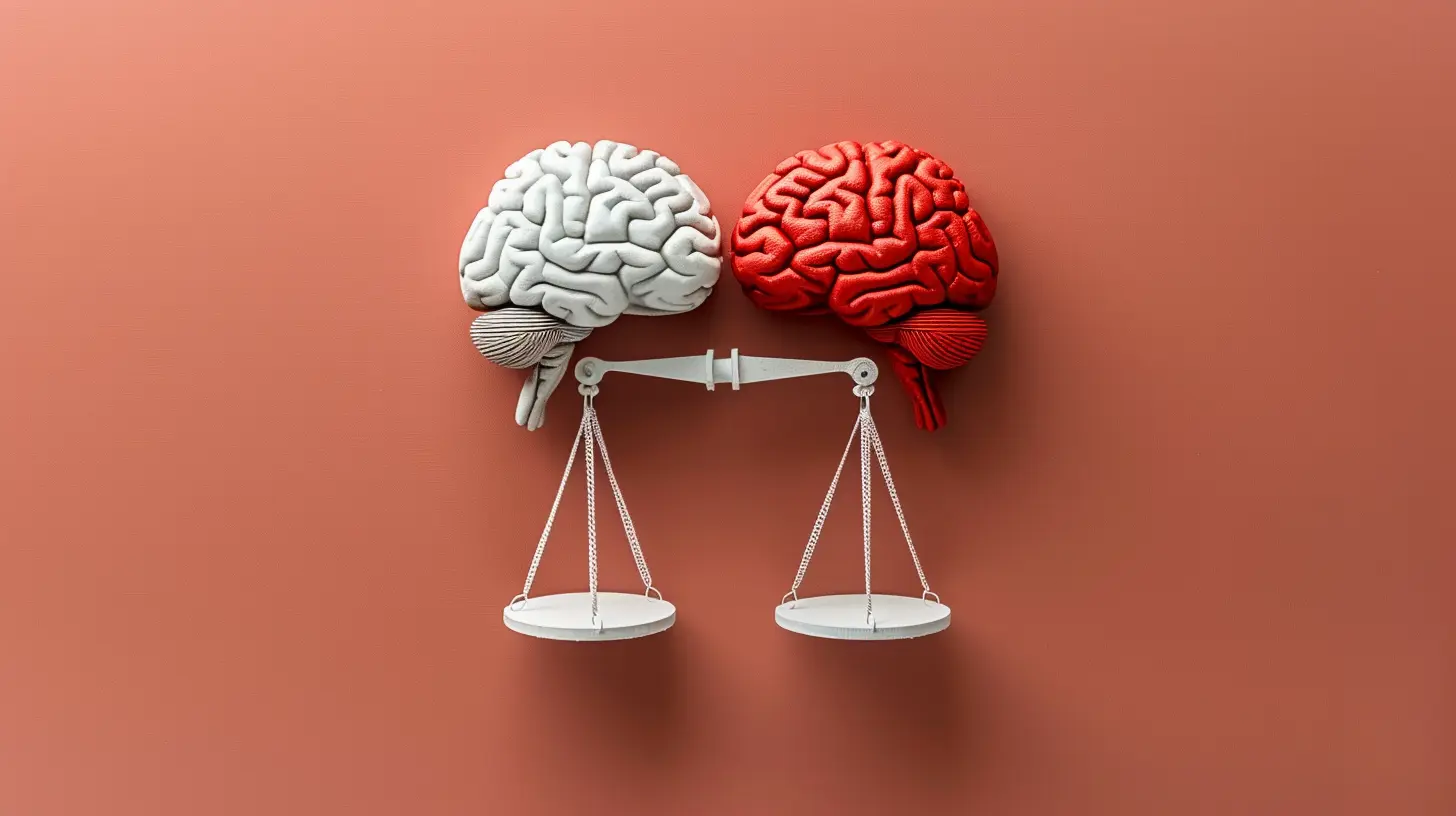
Human-in-the-Loop (HITL) Systems: A Middle Ground
We don’t want humans micromanaging AI, and we certainly don’t want AI running wild. That’s where Human-in-the-Loop systems come in.Here’s how it works:
1. AI does the heavy lifting—analyzing data, making predictions, and offering insights.
2. A human reviews the output, checks for errors, ethical concerns, or unintended consequences.
3. Final decision is made with human judgment.
It’s the best of both worlds: machine speed with human wisdom. Think of it like cruise control—you’re letting the car drive, but your hands are still on the wheel.
Real-World Examples of Human Oversight in Action
Healthcare
AI can analyze thousands of X-rays in seconds. Impressive, right? But it might miss rare conditions or misread anomalies. Doctors use AI as a second opinion—not the final word. That’s human oversight keeping patients safe.Finance
Banks use AI to screen loan applicants. But sometimes the system might unfairly flag someone based on zip code or income level. Human reviewers step in to ensure decisions are fair and meet compliance standards.Social Media
AI moderates content on platforms like Facebook and YouTube. But it’s not perfect. Ever seen harmless posts removed or hate speech slip through? Human moderators are critical for context and nuance.Challenges to Effective Oversight
Okay, so we all agree human oversight is important. But it’s not always easy. Here’s why:1. Lack of Understanding
Too many decision-makers don’t understand how AI actually works. You can’t oversee what you don’t understand.We need more education and training for AI users so they know what to look out for.
2. Overreliance on Automation
Automation bias is a real thing. When a machine says something, people tend to believe it—even if it’s wrong. We need to stay skeptical and critical, not just nod along because “the AI said so.”3. Scaling Oversight
As AI systems grow, so does the need for oversight. But reviewing every single decision? That’s not feasible. We need smart oversight strategies—using random audits, red flags, and risk-based assessments.What Does the Future Hold?
AI isn’t going anywhere. In fact, it’s only getting smarter. But smart doesn’t mean trustworthy. That trust has to be earned—and human oversight is how we build it.In the future, we’ll likely see:
- Stronger laws and regulations that mandate human checks on AI systems.
- AI ethics officers becoming a standard job role.
- Transparent AI systems that explain their decisions in plain English.
- Collaborative AI-human teams that complement each other's strengths.
The goal? Not to control AI, but to collaborate with it—like a dance partner that knows the steps, but still lets you lead when it counts.
A Call to Action
If you’re building, using, or even just benefiting from AI, don’t sit on the sidelines. Human oversight isn’t just a technical feature—it’s a moral responsibility.Ask the hard questions. Who made this AI? What data is it using? Can it be wrong? Who’s checking it?
Because when things go wrong—and they will—we’ll need more than algorithms to make them right. We’ll need humans who care, who think, and who are willing to draw the line where AI can’t.
Final Thoughts
Let’s not pretend AI is either a savior or a villain. It’s a tool. A powerful one. But just like any tool, it needs someone holding the handle—someone who knows when to use it, when to question it, and when to stop it altogether.Human oversight ensures that AI remains our assistant—not our overlord.
So, the next time someone tells you AI can do it all, ask: “Yeah, but who’s watching the machine?”
Because when the stakes are high—people’s health, freedom, or safety—only a human touch can truly make the right call.
all images in this post were generated using AI tools
Category:
Ai EthicsAuthor:

Ugo Coleman
Discussion
rate this article
1 comments
Ursula Romero
Humans: because even AI needs a safety net for bad jokes!
August 19, 2025 at 8:20 PM

Ugo Coleman
Absolutely! Human oversight ensures AI remains grounded and well-rounded, especially when it comes to humor.
